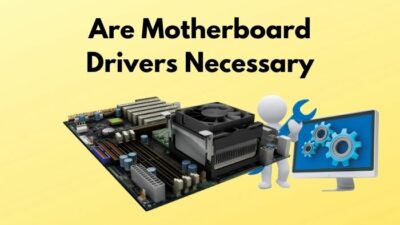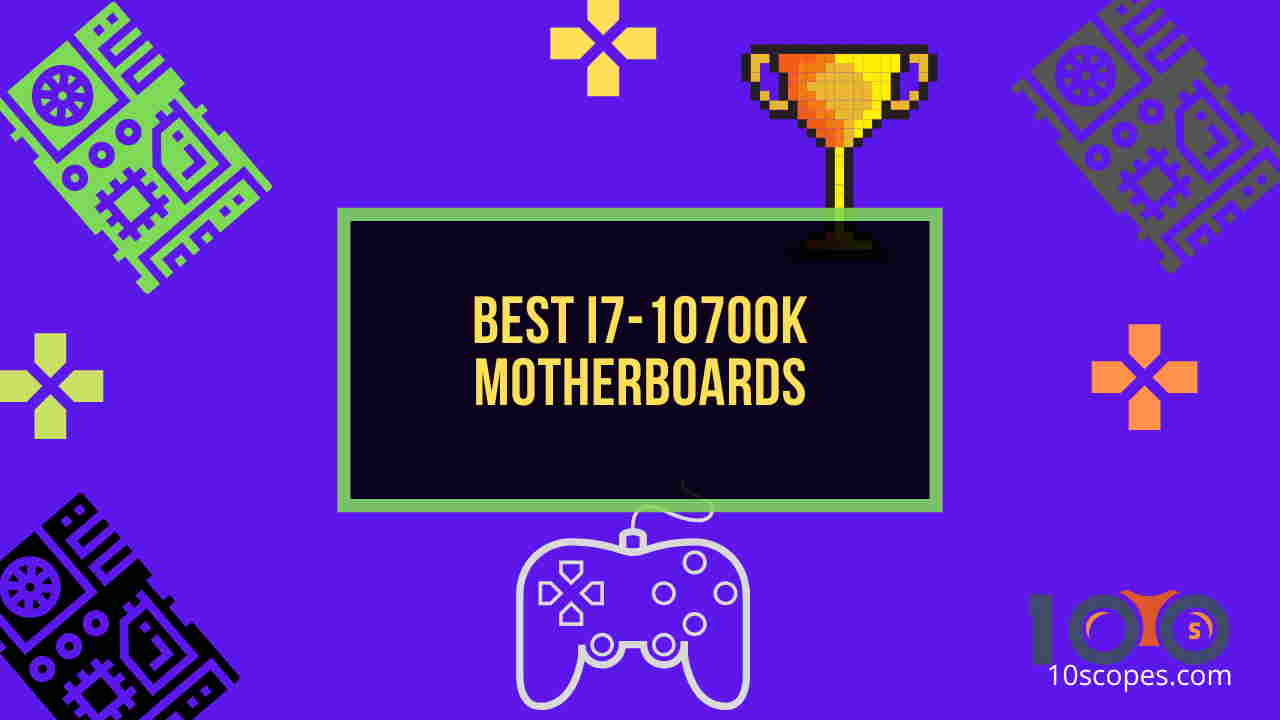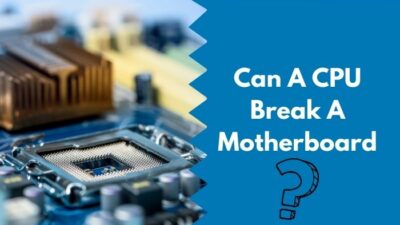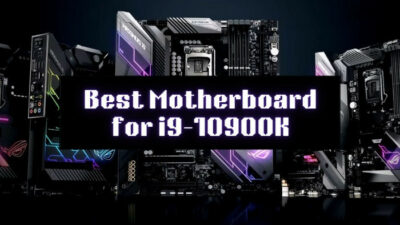You built yourself the perfect build and it’s been working perfectly all this time. However, once you got an external GPU to help with gaming, you are facing some issues.
Issues that make you ask:
Why is my motherboard not detecting my GPU?
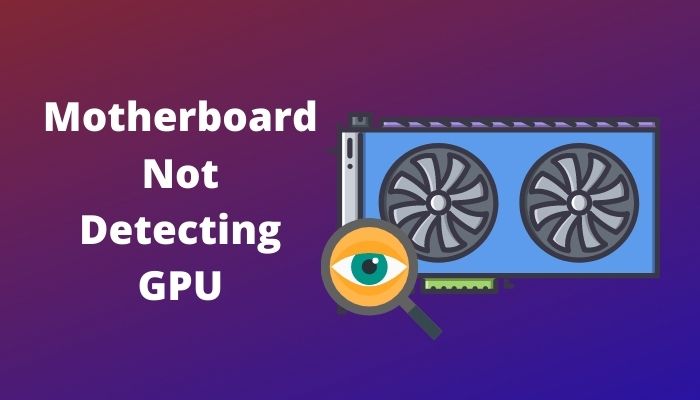
I know this is a valid reason to panic but if you read this article properly, you won’t feel frustrated at all. I myself have faced this issue multiple times but have managed to fix it pretty quickly every time.
So, what are you waiting for? Grab yourself a fresh cup of coffee and remember to not skip any part while reading this article.
Can A Motherboard Damage A GPU?
Yes, a motherboard can damage a GPU but you don’t have to worry about this often because it’s rare. The only time your motherboard could fry your GPU is if the power regulating chips inside the MoBo is damaged.
In addition to that, your graphics card could also be damaged if the PCIe slots in your motherboard are faulty or there is a short circuit.
Apart from this, any graphics card has the potential to get damaged by an extreme amount of heat or due to power supply issues.
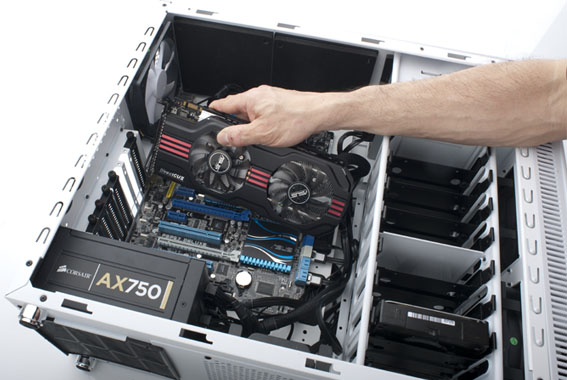
I mentioned earlier that it is rare to see a motherboard causing damage to a GPU and that’s because most of the time it’s the other way around. The GPU is more likely to damage the motherboard.
This will only happen if the graphics card is successfully pulling more voltage than specs from the PCIe and for a long period of time too.
However, it is important to note that, at the end of the day, the power supply is the only one that has the potential to damage both the graphics card and the motherboard or either one of them separately.
Do check our latest post on the Can Motherboard Bottleneck GPU.
How To Fix Motherboard Not Detecting GPU?
Since you finally know that GPUs can get damaged for a huge variety of reasons, let’s look at some of the fixes for each of those situations. Before we begin, I should still tell you that your motherboard probably already has an integrated GPU.
You might have already known that but most of the time your external GPU has issues because of that internal GPU. The good news is you can use that to your advantage. Keep reading to learn more.
Here are the ways to fix the motherboard not detecting GPU:
1. Enable The Graphics Card
I know this sounds very basic but I am not talking about simply powering on the GPU. You need to check if it’s disabled by Windows.
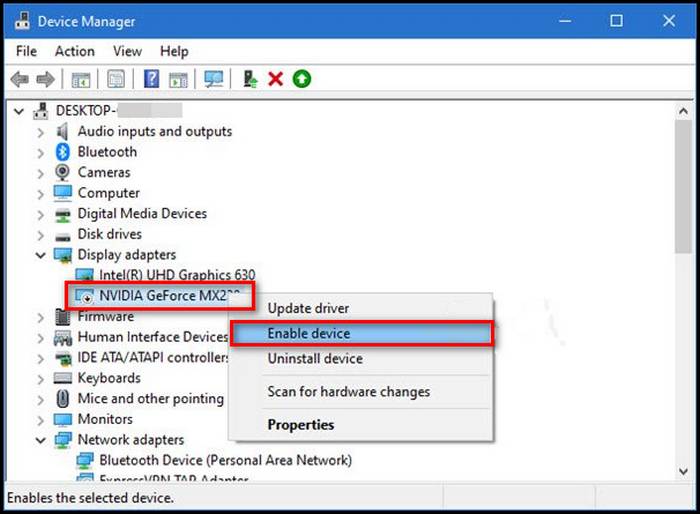
To do that, follow these steps:
- Go to the Search menu and look for Device Manager.
- Open the first result and double click Display Adapters to expand it.
- Right-click on your graphics card and select Enable.
If you don’t see your graphics card in Device Manager, follow the next method.
Go through our epic guide on Will Motherboard Turn On Without CPU.
2. Install Graphics Card Drivers Manually
Windows should automatically install the drivers for your graphics card but there have been issues where that failed to happen. So, in that situation, you should go to the website for your GPU and download the latest driver.
If you already have drivers installed for your GPU, then simply reinstall them. Sometimes, Windows Updates can also cause driver issues, and if these problems are happening after a recent Windows Update, you should roll back to the previous version.
Also, you should keep in mind that Intel and AMD GPU drivers have different methods of installing drivers so make sure to not follow the wrong guide.
Quickly check out my new post on Is It Safe To Run A CPU Air Cooler Without A Fan.
3. Check BIOS Settings
Before we talk about the specific settings, let’s get one thing clear first. BIOS is more widely known as UEFI nowadays so if you see UEFI in your computer and no BIOS, there’s nothing to worry about.
When you are using a secondary GPU and constantly getting a blank screen, you will still be able to access BIOS with the help of the integrated GPU that I mentioned earlier.
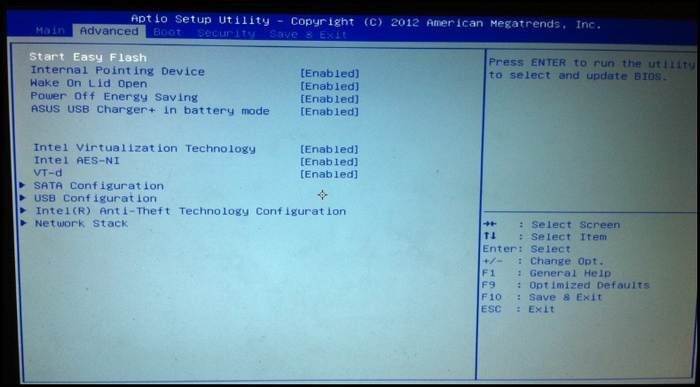
Follow these steps to access BIOS:
- Turn off the system completely.
- Power it on and keep pressing the Esc key repeatedly until a menu shows up.
- Look for the key next to BIOS or UEFI settings and press that on your keyboard.
- Look for Graphics Configuration settings or something similar and enable your GPU.
If you don’t find any option to enable your GPU, then your BIOS might be out of date.
You can update it pretty easily from your computer’s website and follow their instructions. After the update, try these steps again and you should see the option now.
4. Check The Installation
If all the previous steps did nothing for you, there’s a very good chance that there is something wrong with your GPU installation.
The first thing you need to check is the power cables and you should look for any unusual bending or tearing. After that, you need to verify that the positioning of the GPU in the PCIe x16 lane is perfect.
If you find a gap between the back cover of the GPU and the case, then very carefully push the GPU towards the motherboard to fill the gap. You should hear a click sound when it’s properly seated.
Go through our epic guide on CPU cooler work on a GPU.
5. Check PSU Compatibility
When I say compatibility, I mean you need to verify that your power supply is fully capable to meet all the demands from your GPU.
It has happened many times that during intense GPU usage, the PSU fails to provide the necessary power and the GPU shuts itself down.
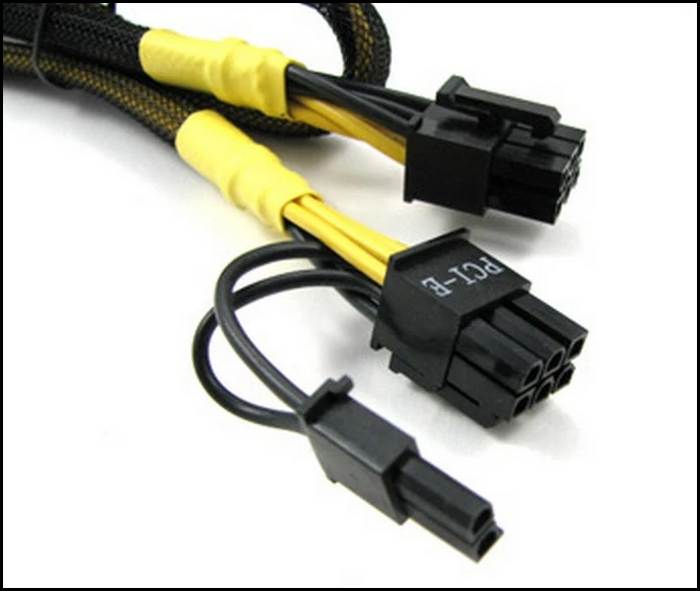
You can calculate the PSU requirements yourself but I recommend you to skip the hassle and use any online PSU calculator to know whether your PSU is the issue.
FAQ
Can old motherboard support new GPU?
In most cases, any old motherboard should be able to support a new GPU. However, there shouldn’t be a whole generation gap. For example, a motherboard from 2001 wouldn’t support a GPU from 2021 but a 2018 motherboard will support a 2021 GPU perfectly.
How long should graphics card last?
Graphics card typically survive for at least 3 years and can go up to 5 years. However, there are some graphics card that can survive for more than five years and some that didn’t even make it till 2 years.
Can I start my PC without a GPU?
No, that is definitely not possible. Every computer out there will require a GPU to be able to output any image to a display. However, it’s not necessary to get an external GPU nowadays for normal use since most usually have integrated graphics built in.
Final Thoughts
Getting an external GPU is an extremely important decision when you are gaming so I know exactly how frustrating it can be when it doesn’t work the way you expect it to.
The integrated graphics present inside every computer nowadays definitely help in these situations because without that, you wouldn’t be able to troubleshoot the issue properly.
I hope you know exactly how to do that since you are finally done with this article. If I was able to help you in any way, you should visit our website more often to find more working solutions like this.

